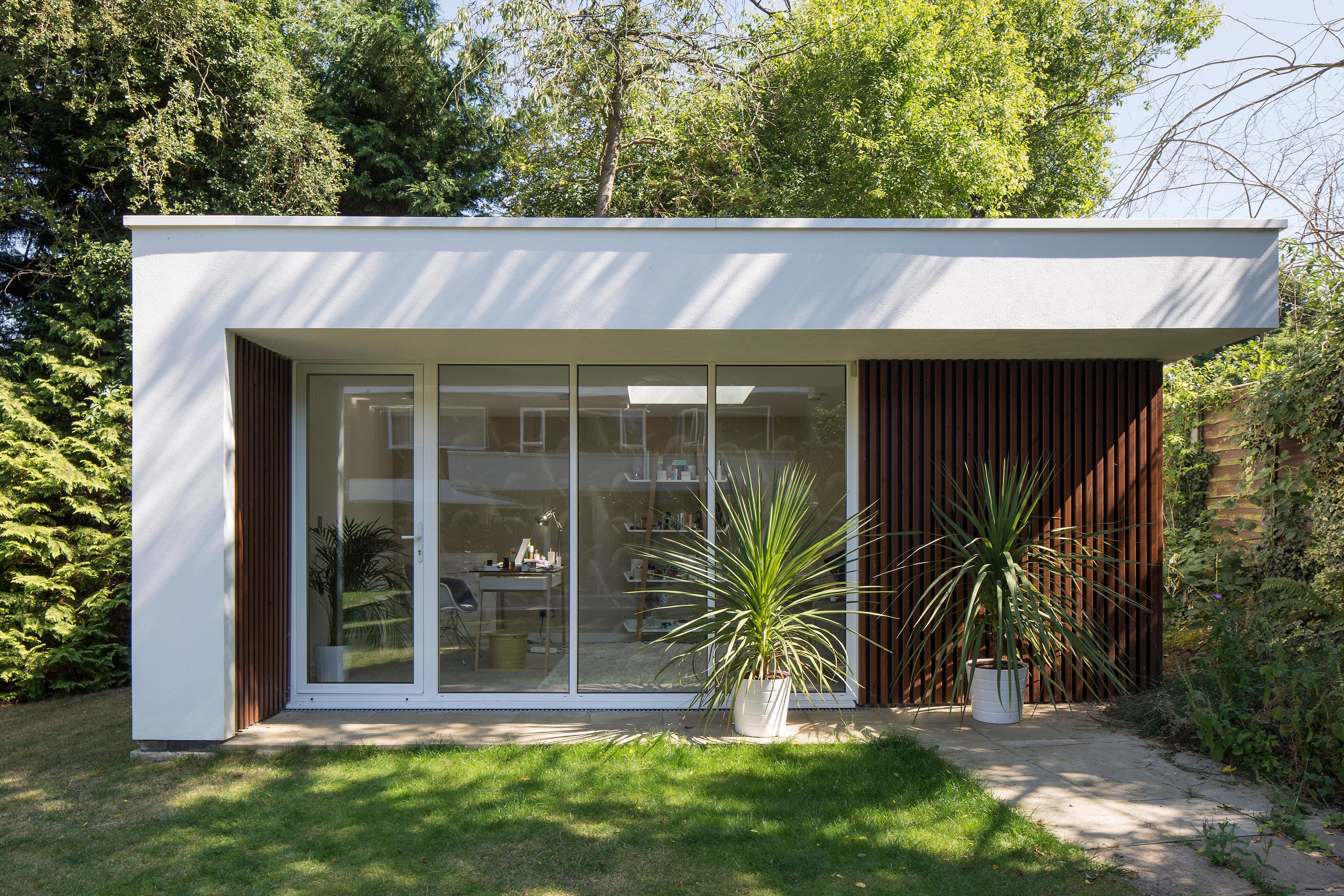
If you’re in your forever home, planning your dream extension for indoor outdoor living, or considering a loft conversion, this could be the perfect time to make it happen.
Thanks to recent changes to planning rules, many homeowners can now extend their homes more quickly – often without needing full planning permission at all.
These updates to permitted development rights (or PD rights) make it simpler to carry out common improvements, says Simon Rix, planning expert for the Homebuilding & Renovation Show and director of Planix.UK Planning Consultants, provided you follow a few key rules.
To put you on the front foot, Rix explains what you need to know – and how to avoid common pitfalls which can slow things down…
What’s changed in the planning system?
In recent years, the government has gradually expanded what’s allowed under permitted development, outlines Rix. “This means you can carry out certain types of building work without needing full planning permission – cutting down on paperwork, delays, and thus costs.”
Key recent changes include…
“More generous size limits for single-storey rear extensions – up to six metres for a semi-detached home or eight metres for detached, under the neighbour consultation scheme,” explains Rix.
“Loft conversions with rear dormers are now allowed in most cases, up to 40 cubic metres for terraced houses or 50 cubic metres for detached/semi-detached homes.
“Outbuildings and garden rooms, such as offices or gyms, can be built without planning if they meet height and use restrictions.”
He says side extensions are also allowed in many cases, as long as they’re single-storey and modest in scale.

However, not every home qualifies. “If your property is listed, in a conservation area, or subject to past restrictions, permitted development may not apply,” Rix warns.
What you can do without full permission
If your home benefits from permitted development rights, you may be able to do the following…
“Build a single-storey rear extension of up to three metres deep (four metres for detached homes) under standard PD, or up to six to eight metres under the larger extension scheme,” he explains.
“Convert your loft into a bedroom or home office, including dormer windows to the rear roof slope.
“Add a garden room or office, as long as it’s single-storey, used for incidental purposes (not a separate residence), and doesn’t take up more than half your garden.”
Rix continues: “Create a side extension that’s single-storey and no more than half the width of the original house.”
As he points out, all of this must be done within certain height, volume, and boundary rules. “So it’s still important to double-check the technical details before you start building.”
How to fast-track your project
Even though you may not need full planning permission, it’s still essential to follow the correct process to keep things smooth…
Confirm your PD rights: “Check whether any previous planning permissions or local restrictions remove your rights to extend under PD,” advises Rix. “This can be done via your local council’s planning portal or with professional help.”
Submit a lawful development certificate (LDC): “This isn’t mandatory, but it’s strongly recommended,” underlines Rix. “It’s a formal confirmation that your plans meet PD rules, and it’s useful when selling your home or dealing with mortgage lenders.”
Use the neighbour consultation scheme: “For rear extensions that exceed three metres (terraced/semi) or four metres (detached), you’ll need to notify neighbours and submit basic plans for prior approval,” says Rix. “This is quicker than full planning, and handled by the council in 42 days if there are no objections.”

Get the measurements right: “A few centimetres over the limit can mean your build doesn’t qualify,” he warns. “Work from accurate plans and, if possible, get a professional to check everything before you begin.”
Consider the build itself: “Even if planning is easier, you’ll still need to comply with building regulations,” explains Rix. “That means proper insulation, fire safety, structural checks, and potentially drainage and ventilation considerations.”
Less red tape, but still rules
The recent changes to PD rights make home extensions more accessible than ever, highlights Rix, but says that doesn’t mean anything goes…
“You still need to work within clear rules, and mistakes can be costly.
“The good news? With a bit of planning upfront, you can avoid unnecessary delays and unlock valuable new space at home,” says Rix. Whether that’s for family life, working from home, or just more room to breathe.”
For more info visit homebuildingshow.co.uk
‘I’m decentering work’: Why we’re in the middle of a ‘rest revolution’
Sun, sea and… Slack? Why you working on holiday is harming your health
Which seeds should you be collecting and why?
Why we’re all obsessed with Pamela Anderson and Liam Neeson’s love story
From risotto to tarte tatin, these summery tomato recipes are pure joy
Sophie Turner hits back after being accused of ‘forgetting’ children







